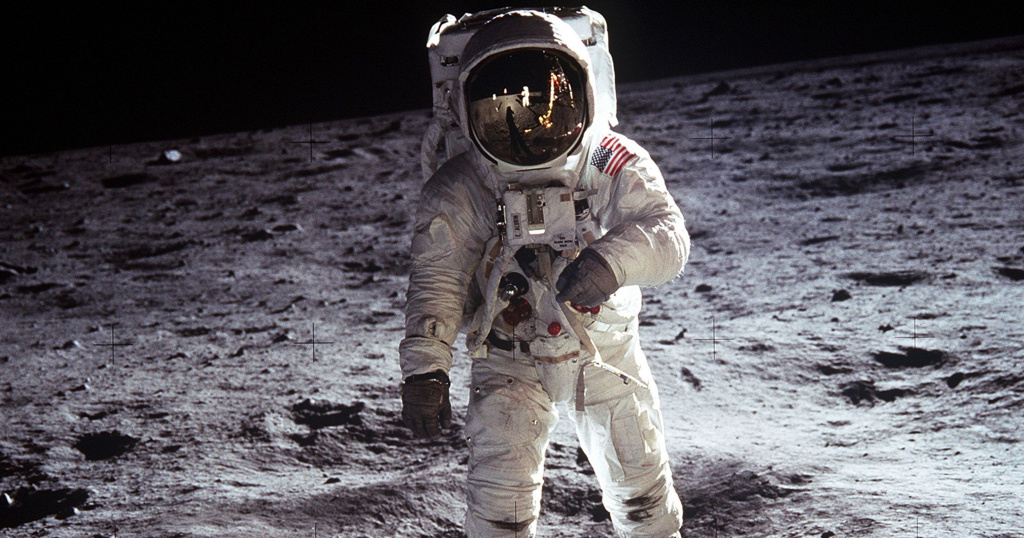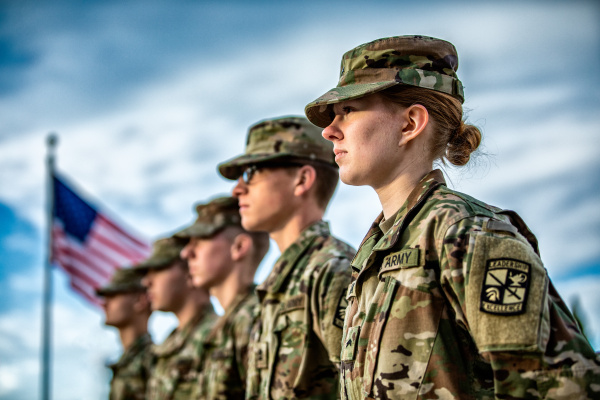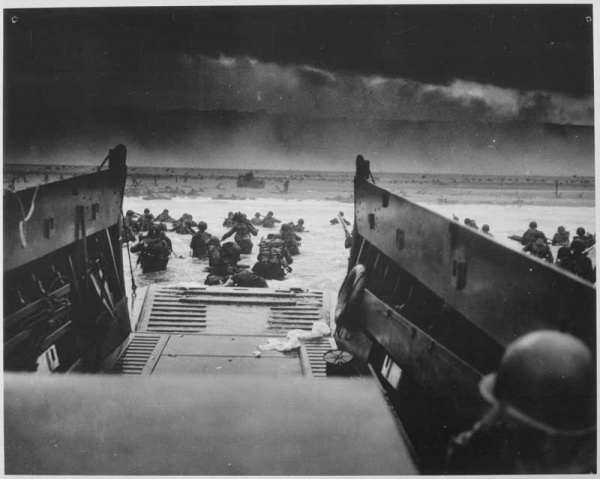The stillness of the Apollo Mission Operations Control room was as striking as the mint green consoles with built-in rotary telephones and the red desk phone, which was a ‘60s Bond-esque direct link to the U.S. Department of Defense, during my 2014 work-related visit to NASA’s Johnson Space Center in Houston.
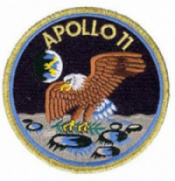
Forty-five years earlier, dozens of men wearing short-sleeved white shirts and skinny black ties filled the room with cigarette smoke as they nervously waited for oral confirmation of the first lunar landing. Finally, Apollo 11 commander Neil Armstrong delivered the communication “The ‘Eagle’ has landed.”Six hours later, Armstrong became the first human to walk on another celestial body.
See Also: The origin and purpose of the moon was the topic of a presentation by BJU science ambassador Dr. George Matzko.
July 20 marks the 50th anniversary of those first steps—an event that forever changed the world. For us who stayed up way past bedtime on a steamy Sunday in upstate New York to watch the grainy images on a 14-inch portable black-and-white TV, we marveled at the technology and human achievement while simultaneously gazing at the moon in awe of our marvelous Creator.
BJU President Steve Pettit, who was 13 years old and residing in South Carolina, remembers watching the event: “It was cool. I remember (the telecast) was in black and white. It was a race to the moon to beat the Russians. Kennedy, of course, was gone but he was the one who set it in motion. I remember more where I was when Kennedy was killed and I remember when Martin Luther King was killed. That was junior high and you weren’t paying too much attention to the news except for the big stuff.”
Happenings at the University in 1969–70
- Tuition, room and board is $1,319 per year.
- The 1969–70 Concert, Opera and Drama Series includes the New Orleans Philharmonic Symphony Orchestra, Shakespeare’s Romeo and Juliet and King Lear, Puccini’s Tosca and Donizetti’s The Elixir of Love.
- An honorary degree is conferred on Georgia Gov. Lester Maddox in 1969.
- Campus View Apartments opens, providing 104 faculty apartments.
- W.J. Barge Memorial Hospital opens with 79 beds and 2 operating rooms.
- BJU has 40 literary societies.
- University has 199 faculty members.
- Bob Jones Elementary School opens with 90 students, 4 teachers.
Also on July 20
1801—Elisha Brown Jr. presses 1,235-pound cheese ball at his farm.
1881—Sioux Indian chief Sitting Bull surrenders to U.S. federal troops.
1917—World War I draft lottery held; #258 is drawn first.
1949—Israel’s 19-month war for independence ends.
1976—Hank Aaron hits 755th and final home run.
To the Moon and Back
The objective of the Apollo 11 mission was to complete a national goal set by President John F. Kennedy on May 25, 1961—perform a crewed lunar landing and return to Earth:
“We choose to go to the moon in this decade and do the other things, not because they are easy, but because they are hard, because that goal will serve to organize and measure the best of our energies and skills, because that challenge is one that we are willing to accept, one we are unwilling to postpone, and one which we intend to win.”
Liftoff, We Have Liftoff
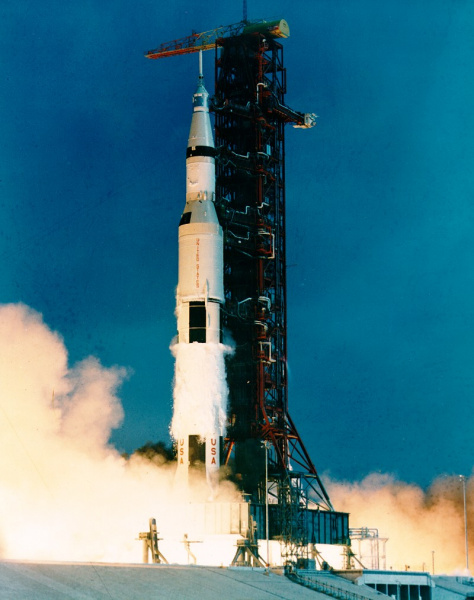
The three-stage Saturn V rocket launched from Cape Kennedy in Florida at 9:32 a.m. ET July 16, carrying Commander Neil Armstrong, Command Module pilot Michael Collins and Lunar Module pilot Edwin “Buzz” Aldrin into initial Earth orbit.
The Apollo Lunar Module “Eagle” landed on the surface of the moon at 4:17 p.m. ET July 20. Armstrong radioed, “Houston, Tranquility Base here. The ‘Eagle’ has landed.” Mission Operations Control in Houston erupted in celebration, and CAPCOM (capsule communicator) Charles Duke replied, “You got a bunch of guys about to turn blue, we’re breathing again.” At 10:56 p.m. ET, Armstrong became the first human to step onto the surface of the moon.
An estimated 650 million people watched the televised images and heard his voice describe the event as he took “. . . one small step for (a) man, one giant leap for mankind.” That small step was 3½ feet from the bottom rung of the ladder.
Aldrin followed 20 minutes later, and the extravehicular activity lasted 2 hours, 30 minutes. In total, Armstrong and Aldrin spent 21 hours, 38 minutes on the moon’s surface from landing to ascent.
Commemorative medallions bearing the names of the three Apollo 1 astronauts who lost their lives in a launch pad fire, and two cosmonauts who also died in accidents, were left on the moon’s surface.
A 1½-inch silicon disc, containing micro-miniaturized goodwill messages from 73 countries and the names of congressional and NASA leaders, also stayed behind with the American flag and scientific experiment equipment.
Did You Know?
In 1972, Col. (now retired U.S. Air Force Gen.) Charles Duke, who attended Lancaster High School in South Carolina, was the 10th of 12 men—and youngest—to walk on the moon’s surface. He was the CAPCOM (capsule communicator) on the Apollo 11 mission.
A sports stadium seat is about the same size as the Apollo 11 capsule seats that the astronauts sat in on their journey to the moon.
The Apollo 11 landing site, Tranquility Base, and the lunar area that Armstrong and Aldrin explored is about the same size as a baseball diamond.
Aldrin became the first person to celebrate the Lord’s Supper on the moon. The communion bread was carried in a plastic packet, the way regular inflight food is wrapped. He also carried the wine in a vial and poured it into a small silver chalice. Before taking communion, Aldrin read from John 15:5, which he had handwritten on a scrap of paper.
Fast Facts
1,969 — Plastic bricks needed to construct the Lego Saturn V rocket model
47 — Pounds of lunar material collected
1930 — Year that all the Apollo 11 crew members were born
40,000 — Pounds of fuel (kerosene and liquid oxygen) consumed by Saturn V SA-506 first stage in 1 second
240,000 — Miles to the moon
118.65 — Altitude in miles of the Command Module
30 — Orbits of Earth during the mission
953,054 — Miles covered
July 24 — Command Module landed in Pacific Ocean, recovered by USS Hornet (CV-12)
195 hours, 18 minutes, 35 seconds — Duration of mission
Take a Space Journey of Your Own
The South Carolina State Museum in Columbia is among numerous facilities across the United States that displays a lunar sample. The museum is currently hosting several exhibits related to the Apollo 11 mission. Unused complete Saturn V rockets are on display at NASA’s Johnson Space Center in Houston, NASA’s Kennedy Space Center in Florida and the U.S. Space & Rocket Center in Huntsville, Alabama. All three sites have special events commemorating the anniversary of the Apollo 11 mission. The National Air and Space Museum in Washington, D.C., has multiple new and ongoing exhibits, including for the first time since 2003 Armstrong’s spacesuit that refurbished and unveiled July 16.
BJU offers undergraduate programs in engineering, health sciences, biology and physics that could set you on a course to spaceflight. Ruth May, a 2019 engineering graduate, begins her master’s degree program this summer in aeronautics and astronautics at Purdue University.
See Also: Summer Research: Programs Benefit Science, Students


